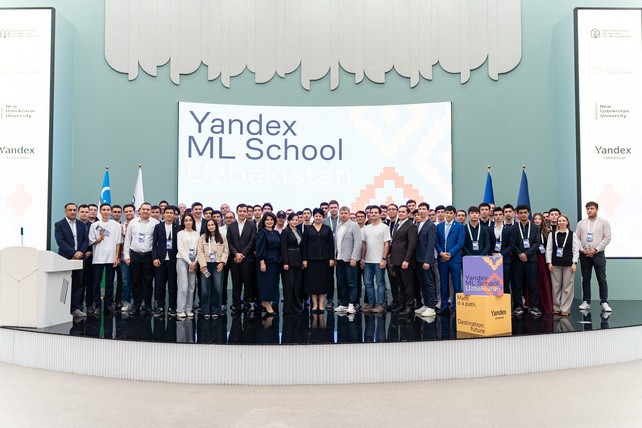Physicists from China have presented a model experiment to search for dark photons-hypothetical particles that can connect visible matter with the so-called dark sector. The project is based on the use of the future HIAF (High Intensity Heavy ion Accelerator Facility), which is being built by the Chinese Academy of Sciences in Huizhou for basic research in the field of nuclear physics and astrophysics.
The proposed experiment focuses on the study of rare decays of the n-meson, a short-lived particle that occurs in proton collisions. According to one of the theoretical models, the n-meson can decay into an ordinary photon and a dark photon. The dark photon, in turn, is capable of decaying into an electron and a positron. Such a process cannot be detected directly, but the final products-electron-positron pairs-can be detected using a specially designed detector.
According to calculations, the HIAF setup will produce about 6 × 1011 n-mesons in a month of operation. A compact spectrometer equipped with silicon trackers and a calorimeter for measuring particle energy is supposed to be used for recording products. In the course of modeling, the authors showed that the system will be able to register extremely rare events — with a probability of up to one in ten million decays.
Special attention is paid to the choice of calorimeter design. Comparative tests showed that a multilayer calorimeter with alternating layers of lead glass and plastic is 43% more effective in determining the mass of an electron-positron pair compared to a homogeneous version. This is critical for separating a potential signal from background events.
The implementation of the project will allow HIAF to study the dark photon mass range, which is poorly covered by existing experiments. In terms of sensitivity, the proposed installation will be comparable to well-known projects such as NA48 / 2, KLOE and LHCb, but focused on the search for lighter particles at lower energies.
The project demonstrates that even relatively compact accelerator experiments can significantly advance research in physics beyond the Standard Model and expand the search for particles that can explain the nature of dark matter.













